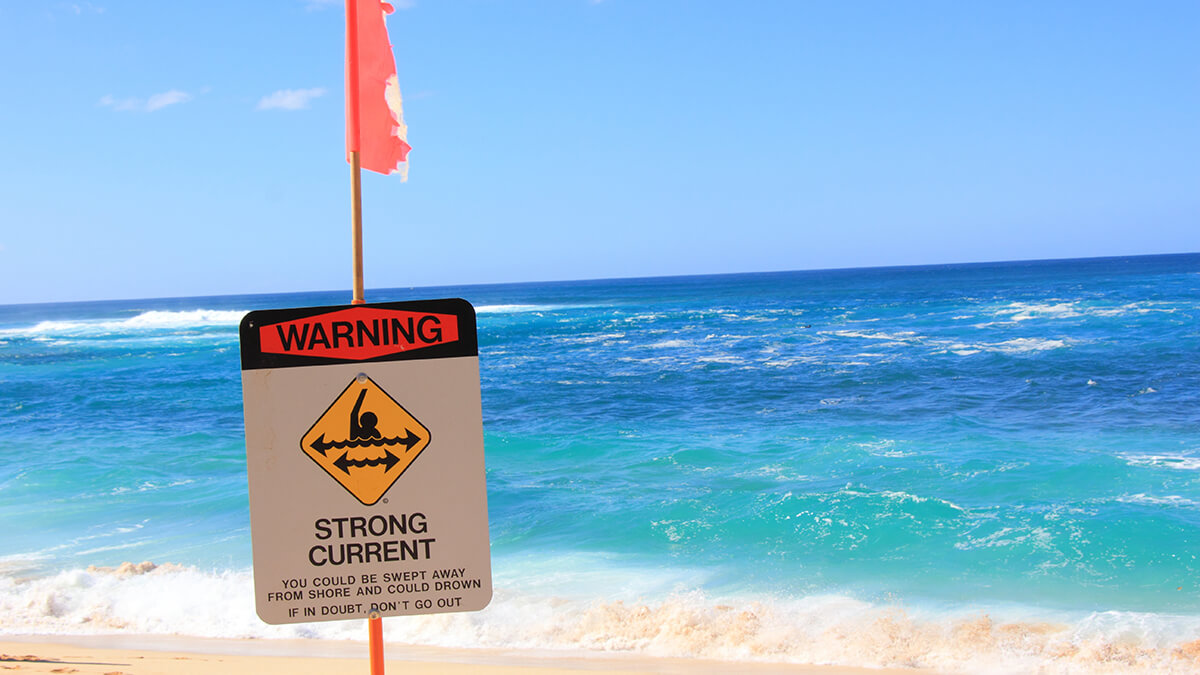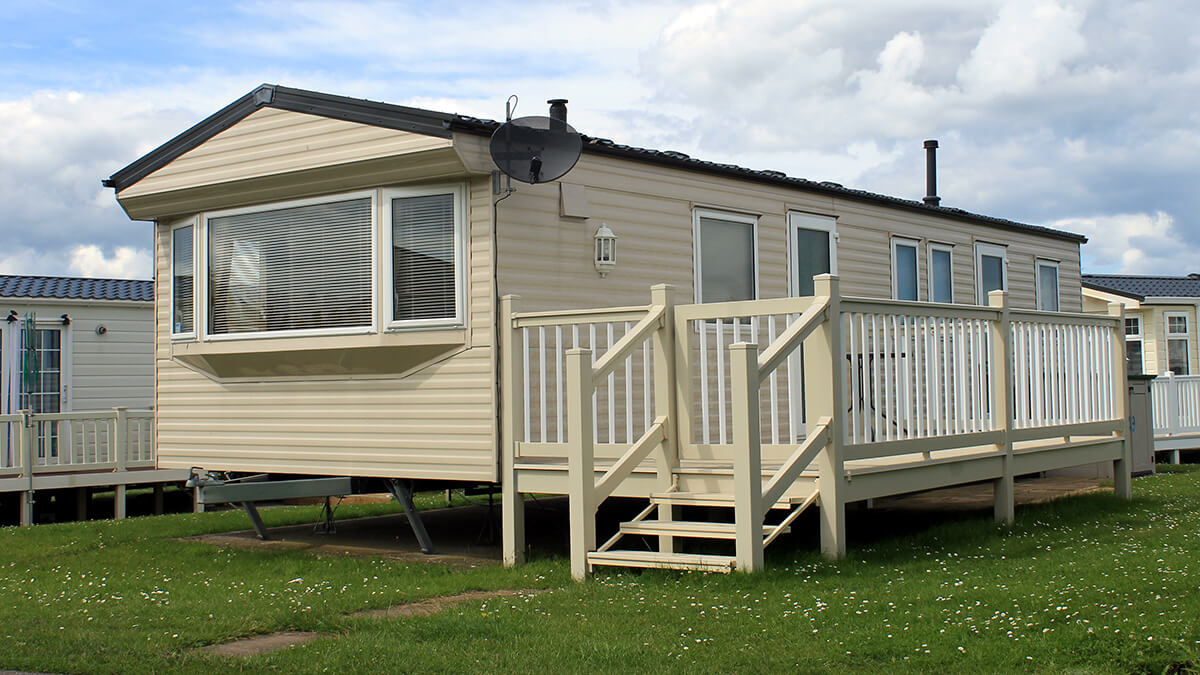Rip Current Awareness Week — What you need to know

When I saw Rip Current awareness week (this week) come up on our editorial calendar, I thought, how important could this really be? The answer…very important. Whether an ocean or a great lake, rip currents are powerful and can be deadly. I live by a great lake, go swimming and boating and know absolutely nothing about surviving a rip current. Once I started researching this topic it became very real. The most obvious danger of rip currents is that it can pull you out to sea further than you can swim back to shore. Even when it doesn't pull its victims far out, many panic and drown.
Rip currents can be found on many surf beaches every day. Rip currents most typically form at low spots or breaks in sandbars, and also near structures such as groins, jetties and piers. The definition of rip current is: A powerful channel of water that flows away from the shore. They can be narrow or more than 50 yards wide.
Rip currents do not pull people under the water—they pull people away from shore. Drowning deaths occur when people pulled offshore are unable to keep themselves afloat and swim to shore.
The United States Lifesaving Association (USLA) estimates that rip currents account for over eighty percent of all beach rescues and over 100 deaths annually at our nation's beaches. Signs that a rip current is present are difficult for the average beachgoer to identify. Look for differences in the water color, water motion, incoming wave shape or breaking point compared to adjacent conditions.
So, what do you need to know before you go to the beach? The USLA offers some good tips and precautions that every swimmer should head or at least hear.
Rip current myth
A rip current is a horizontal current. Rip currents do not pull people under the water—they pull people away from shore. Drowning deaths occur when people pulled offshore are unable to keep themselves afloat and swim to shore. This may be due to any combination of fear, panic, exhaustion, or lack of swimming skills.
How to avoid and survive rip currents

Learn how to swim!
- Never swim alone.
- Be cautious at all times, especially when swimming at unguarded beaches. If in doubt, don't go out!
- Whenever possible, swim at a lifeguard protected beach.
- Obey all instructions and orders from lifeguards.
- If caught in a rip current, remain calm to conserve energy and think clearly.
- Don't fight the current. Swim out of the current in a direction following the shoreline. When out of the current, swim towards shore.
- If you are unable to swim out of the rip current, float or calmly tread water. When out of the current, swim towards shore.
- If you are still unable to reach shore, draw attention to yourself: face the shore, wave your arms, and yell for help.
- If you see someone in trouble, get help from a lifeguard. If a lifeguard is not available, have someone call 9-1-1. Throw the rip current victim something that floats and yell instructions on how to escape. Remember, many people drown while trying to save someone else from a rip current.
Your safety is number one to us. Stay safe on the water and on your boat.
(Source: United States Lifesaving Association and National Weather Service, Illustration Photo courtesy of the U.S. Army Corps of Engineers Field Research Facility at Duck, NC.)





